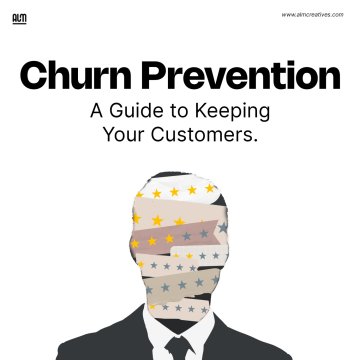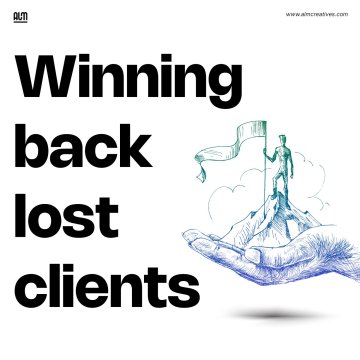Search
How to Create the Perfect Logo in 7 Simple Steps
Business and advices
Logos are one of the most important elements that help a business become recognizable and distinguishable.
The right logo can make or break your brand, so it’s important to get it right. This guide will walk you through the process of creating the perfect logo for your company.
We’ll take you step-by-step through all the key points so that by the end, you have a clear vision for what type of logo would work best for your business.
Here below are 7 simple steps that you can use to create the perfect logo for your business:
1. Create your Brand Identity
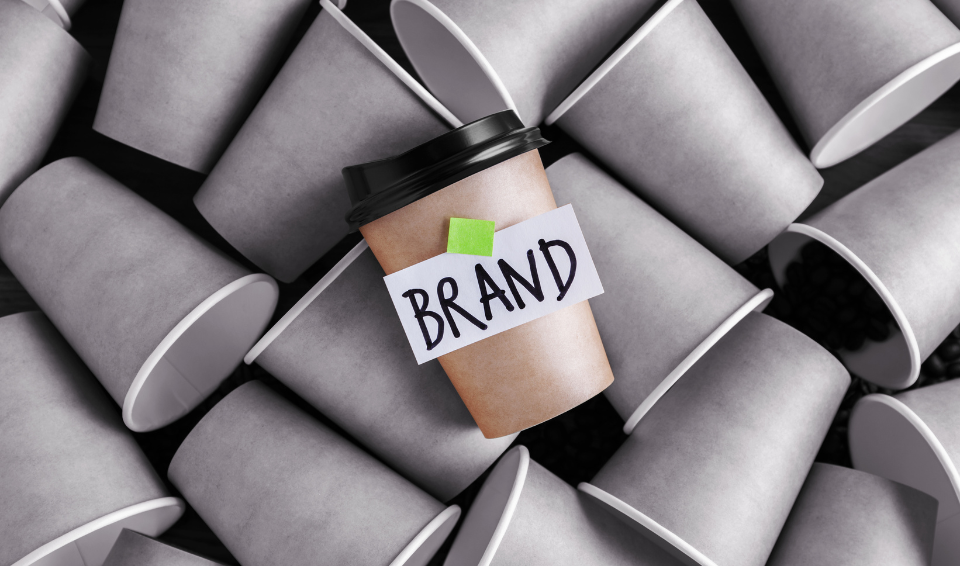
A Brand Identity is the representation of your company. In simpler terms, It’s the way that you want people to see, hear and feel about your business.
The first step in creating a logo is to decide on the type of Brand Identity that best suits your brand.
To create a strong Brand Identity, ask yourself these questions:
- What makes you unique among your competitors?
- Why did you start your business?
- What are the values that guide your business?
Before you start defining your palette and choosing the Logo colours, consider these questions to get a better idea of who you are.
This process usually takes a long time, but once you are done, it will be much easier to come up with a logo that reflects the brand you want.
2. Look for ideas from the experts

If you’re stuck, it might be time to look for inspiration.
You can find a lot of creative logos online, whether it’s on websites like 99designs or Dribbble. These sites have thousands of logo designs that you can use as references.
Just make sure that they are the type of logo that fits your brand identity before using them as inspiration.
Here is a list of websites you can get Inspiration from:
1. Dribble
Dribble is a site where you can find inspiration for your next project.
It has a community of designers that post their work, so you can see what other people are doing and get ideas for your own projects.
You’ll find a wide variety of creative work on Dribbble, so it’s easy to find something that inspires you.
2. Behance
Behance is another place you can find inspiration.
It’s a community of creative professionals similar to Dribble where you can find tons of similar projects to yours.
3. Logospire
Logospire is a logo inspiration gallery that was launched in January 2009. The site used to allow designers to share their work and get feedback from other artists.
Designer David Airey reviews logos and marketing designs from all over the world in this design blog.
3. Choose a Colour Scheme that reflects your Brand's Identity
Before we dive in, let's look at some stats about how important colour is for our business.
a. Consumers place visual appearance and colour above other factors when shopping.
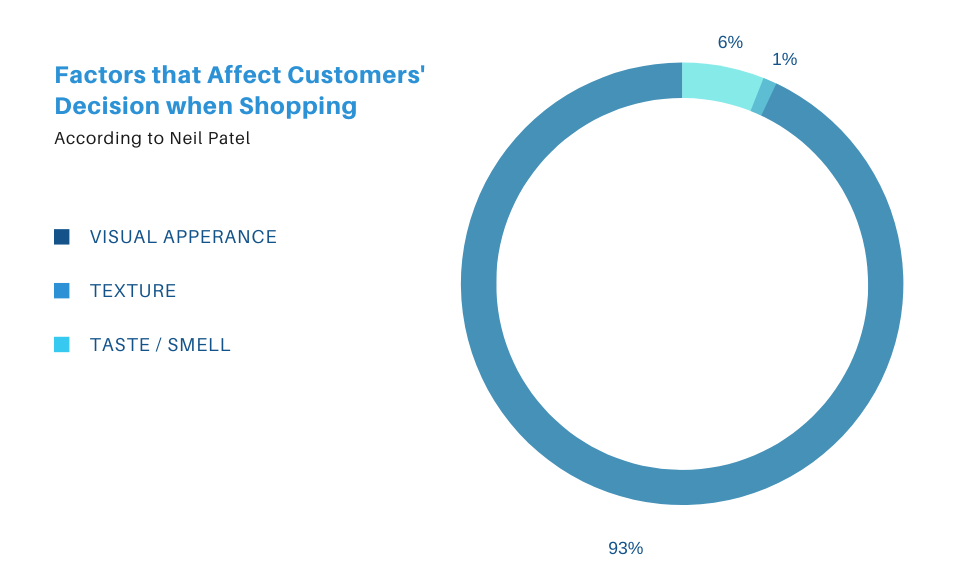
b. 85% of shoppers place colour as a primary reason why they buy a particular product.
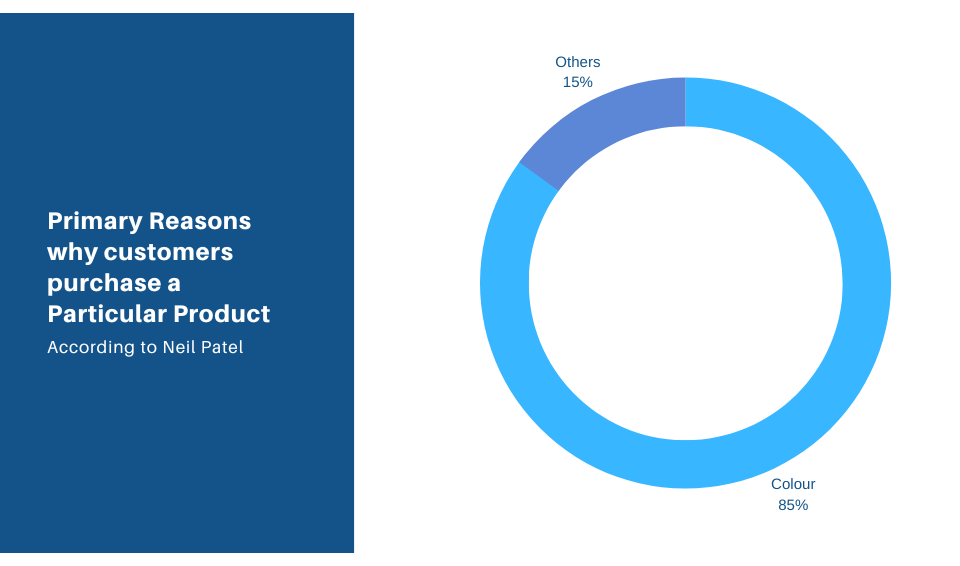
c. Colour Increases Brand Recognition by 80%.
Colour can play an important role in the design of your logo.
A good colour scheme can help convey a message, build brand recognition and create a memorable experience for your audience.
It’s important to choose colours that work together well so that your logo doesn’t look like it was put together at random.
Let's take a look at a few colours and how they can affect your logo design:
Red: is often associated with urgency, excitement, and passion. It can also be used to signify danger or warning signs.
Green: Green is the colour of nature and symbolizes health, fruitfulness, and growth. It also represents renewal—of both body (health) and mind (peace)—and freshness.
Blue: The colour blue is often associated with peace and tranquillity, so it's no surprise that many companies use it as the background or logo of their websites.
Blue also conveys trustworthiness, loyalty, and dependability — all qualities customers seek when dealing with businesses
For more details on Logo Colours, check out this Article Logo Colours: What is Best for your Brand?
4. Choose a Type of Logo
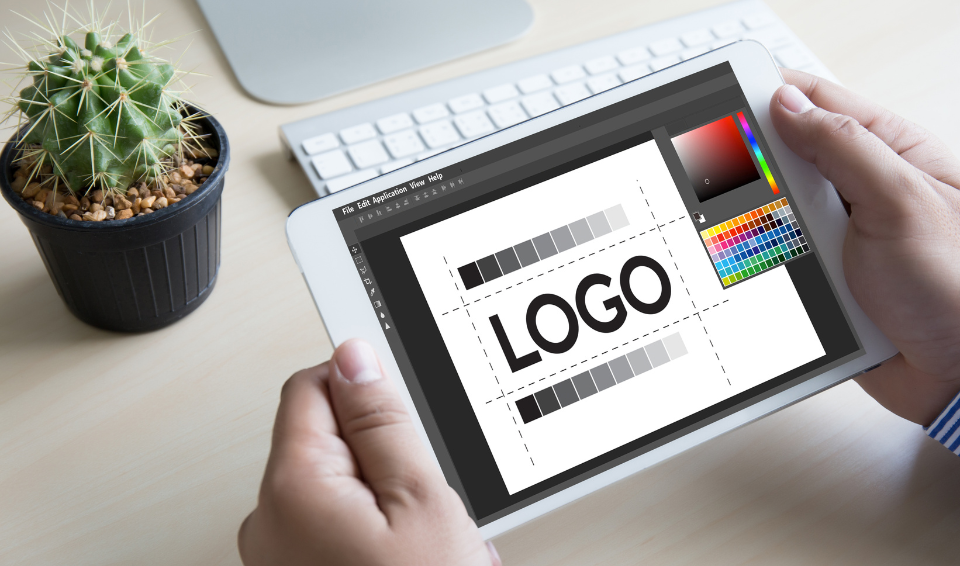
There are many different types of logos that you can choose from, each with its own benefits and drawbacks.
The most common types include:
Wordmarks: Wordmarks, also known as logotypes, consist of only text. They are the simplest type of logo but can have a major impact if designed well.
A good brand logo is one that uses a unique font and represents the values of your company. It should become synonymous with your brand so people will associate it with you every time they see it.
Lettermarks: Lettermark logos are created with only text, but they consist of only your initials rather than an entire word.
Most brands that have monogram logos are spoken of using their abbreviated versions, like IBM and NASA.
Abstract Logo: Abstract logos are designs that don’t represent an object in particular but communicate a message. They often use shapes, lines and colors to convey meaning.
Because abstract logo marks do not depict a specific object, you can create something highly original.
For more Info on the types of Logo and when to use them, check out this Article: 10 Types of Logos and When to use them
5. Select a Typeface
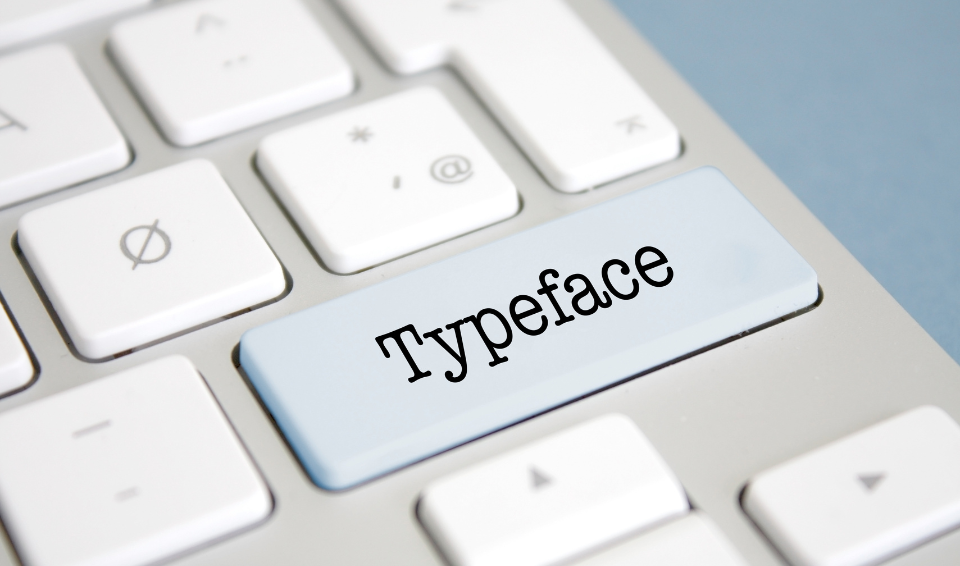
A typeface is a group of characters, letters and numbers that share the same design.
For example Times, and Arial are typefaces.
Whereas font is a specific style of typeface with a set width, size, and weight.
For example, Arial is a typeface; 16pt Arial Bold is a font.
Popular Typefaces
1. Arial
Arial is a sans-serif typeface that’s clean, modern, and universally legible. It’s used in logos for large companies like Microsoft.
2. Helvetica
Helvetica is a very common font and is used by many big companies. It’s perfect for logos that need to look modern, clean and professional.
3. Calibri
Calibri is one of the preloaded fonts that have come with the Microsoft Office package since 2007.
It replaced both Times New Roman and Arial as the default typeface in Word, PowerPoint, Excel and Outlook.
By lacking a serif, Calibri is classified as a san-serif typeface.
For more Typefaces, check out this Article: The 25 most used typefaces.
6. Experiment with several variations of your Logo

Create several variations of your Logo and test them on your target audience.
It’s important that you get feedback from people who are not familiar with the brand or industry, as they will be able to give you an objective opinion.
You can also ask your friends and colleagues for feedback, but don’t rely too much on their opinions as they may be biassed by their relationship with you.
Also, you can decide to use A/B testing to find out which version of your Logo performs better.
A/B testing is a statistical method that allows you to compare two versions of a design, such as different colours or sizes, and measure the impact on conversion rates.
Once you are done with the testing, you can analyse them and make a final decision on which logo design is best for your Brand.
7. Use Your Logo to Build Your Brand
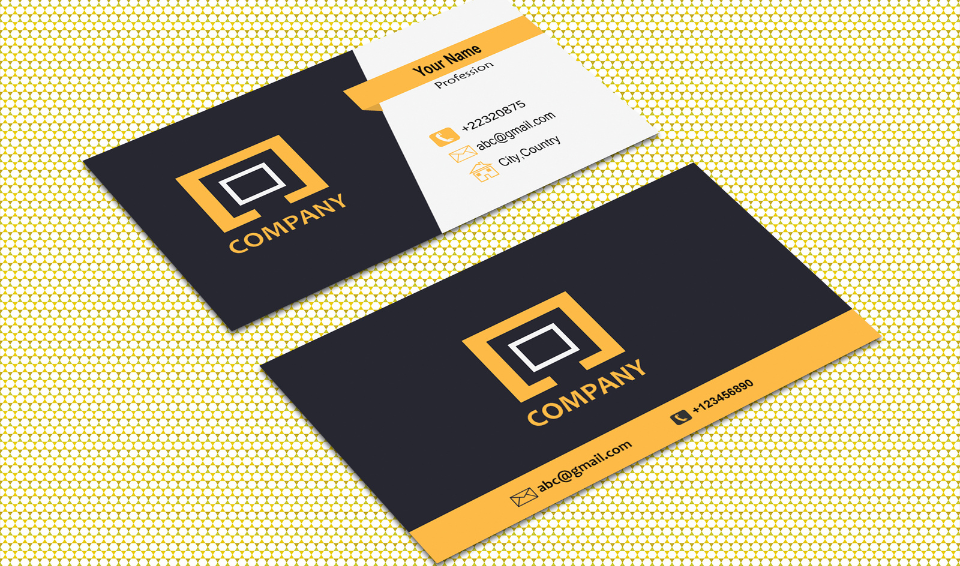
Once you have a logo, it’s time to use it as a tool to build your brand.
It’s important that you use your logo consistently across all of your marketing materials, from printed collateral and business cards to digital ads and social media posts.
Consistent use of your logo will help people recognize your business and identify it as the same company they saw on a billboard or heard about on the radio.
Top Design Agencies to build a Professional Logo for you
If you don't have the time or the creative abilities to design a Logo yourself, hiring one of these Agencies will be your best bet:
3. Designhill
We hope this article has helped you learn more about how to create a professional logo for your Business.
For more articles like this, make sure to check out our Blog.


